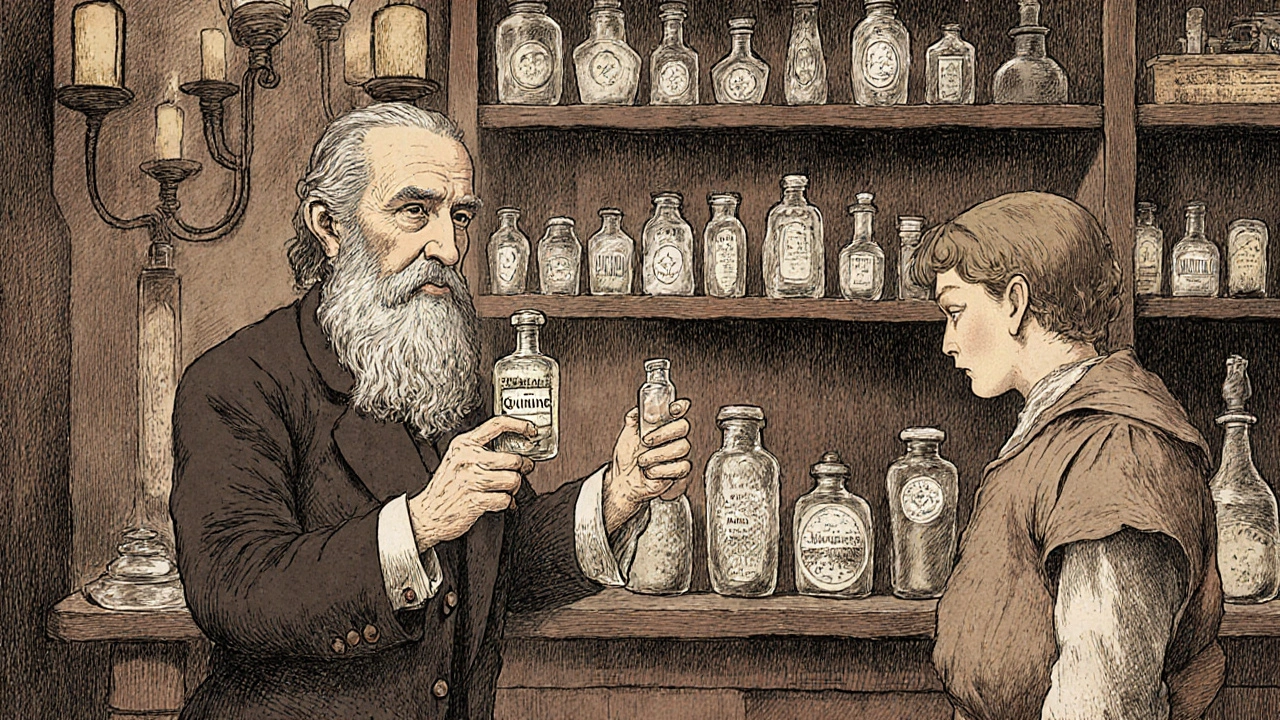Brand vs Generic Medications: What Really Matters for Your Health
When you pick up a prescription, you might see two options: the brand name drug, a medication originally developed and marketed by a pharmaceutical company under a patent. Also known as originator drug, it often comes with a higher price tag and familiar packaging. Or you might get the generic medication, a copy of that same drug made after the patent expires, meeting the same FDA standards for safety and effectiveness. The big question isn’t whether they contain the same active ingredient—it’s whether you’ll feel the same results, and why some people swear one works better than the other.
The FDA requires generics to be bioequivalent, meaning they deliver the same amount of active ingredient into your bloodstream at the same rate as the brand version. That’s not a guess—it’s a strict test. But here’s the catch: inactive ingredients like fillers, dyes, and coatings can differ. For most people, that doesn’t matter. But for someone on narrow-therapeutic-index drugs like warfarin or thyroid meds, even tiny variations in absorption can shift how the drug works. That’s why your doctor might stick with the brand if you’re on one of those. And then there’s the placebo effect, how your belief in a drug’s power shapes your real experience, even when the chemistry is identical. Studies show people report better results with brand-name pills—even when they’re taking generics—just because they think the brand is stronger. That’s not in your head; it’s in your body’s response.
Patent lawsuits, like those tied to the Hatch-Waxman Act, a law designed to balance innovation with affordable access by speeding up generic approval. can delay generics for years. Some companies pay brand makers to hold off on letting generics hit the market—called pay-for-delay deals. That’s not about science. It’s about money. And it’s why you might see the same drug priced 80% lower in one pharmacy and not available as a generic at all in another.
So what should you do? If your doctor says the generic is fine, take it. Save the money. But if you notice a change—new side effects, less control over your condition—talk to your pharmacist or doctor. Don’t assume it’s all in your head. Sometimes, the difference isn’t chemistry. It’s your body adjusting to a new filler. Or maybe your insurance pushed you to switch, and you didn’t get a chance to monitor the change. You’re not being difficult. You’re being smart.
Below, you’ll find real stories and science-backed breakdowns on how brand and generic drugs actually perform in practice—from how perception changes outcomes to why some people need to stick with the brand, and what hidden factors can make one pill feel different than another—even when the label says they’re the same.
Generic drugs now make up over 90% of U.S. prescriptions but cost just 23% of total drug spending. Learn how the Hatch-Waxman Act, FDA reforms, and market forces turned generics into the backbone of affordable healthcare.

